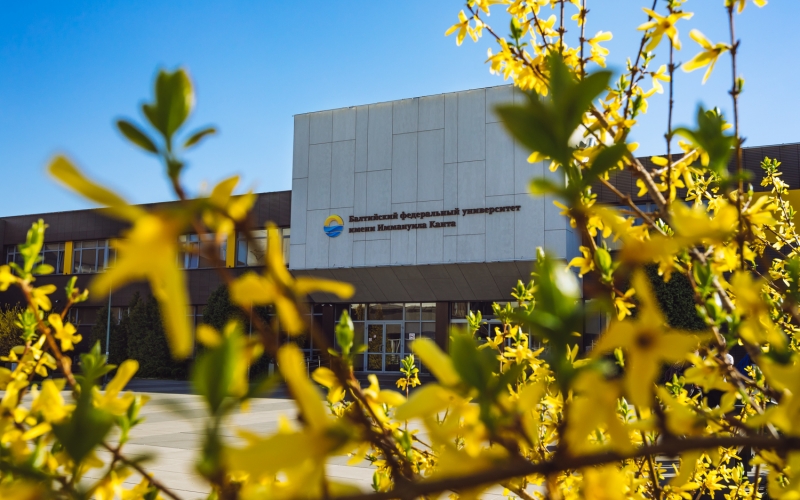Scientists from the
Immanuel Kant Baltic Federal University and
Kemerovo State University determined the qualitative and quantitative composition of fatty acids that the lipids of microalgae comprise. The results are expected to benefit medical science, cosmetology, energy production and the production of feed additives and functional food. The article was
published in the journal Biomolecules with the
support of the Russian Foundation for Basic Research.
The work of Russian scientists aims at studying the qualitative and quantitative composition of fatty acids of microalgae typical for water bodies (Lake Vištytis, Lake Chaika, Lake Yantarnoye, Curonian Lagoon, Strait of Baltiysk, Baltic Sea coast, Lake Krasnoye) of the Kaliningrad region.
The authors took samples of water and soil, cultivated the microorganisms from the probes on a nutrient medium and sequenced them for the accurate identification of the species. After that, the optimal conditions for the cultivation of microalgae in terms of maximal lipids accumulation were chosen. The cells were centrifuged then, the cell walls were destroyed and lipids were separated from the resulting mass.
The composition of fatty acids was determined using high-performance liquid chromatography – a separation method based on the different distribution of substances between two immiscible phases, in which the liquid, the mobile phase, moves with high hydraulic resistance.
It turned out that the most saturated fatty acids were characteristic of the microalgae
Chlorella vulgaris and
Dunaliella salina. In the
Dunaliella salina and
Arthrospira platensis, the maximum degree of unsaturated fatty acids ranged from 15 to 23%. Lipid complex of microalgae included neutral lipids, polar lipids, unsaponifiable substances and other impurities. Thus, these organisms represent a promising route for practical implementation.
“Studies have shown that microalgal biomass is a prospective product as it is a great new source of lipids. The possibility of their use for the production of dietary supplements for humans and feed additives for animals is encouraging. Despite the potential of this idea, there are still technologies that have to be developed for the reduction of the cost of lipids from microalgae,” says Olga Babich, Director of the Institute of Living Systems of the Immanuel Kant Baltic Federal University, Doctor of Technical Sciences.
Biotechnology of microalgae has multiple advantages: they are a renewable and sustainable resource, more productive than terrestrial plants due to their high growth rate and lack of seasonality of cultivation, and also less sensitive to environmental conditions.
Nowadays there is a growing practical interest in the lipids and fatty acids from microalgae. At the moment, there are a limited number of species from which lipids can be obtained in good yield; the oil content in the most promising of them is about 20-50% calculated on dry matter.
Microalgae are an important source of fatty acids: most of them accumulate saturated palmitic and monounsaturated oleic acids, but, for example, spirulina is a reservoir for linoleic and γ-linolenic acids (Ω-6). In the nearest future polyunsaturated fatty acids from microalgae will play a significant role in the industrial sector due to their biological activity and positive effects on human health.
